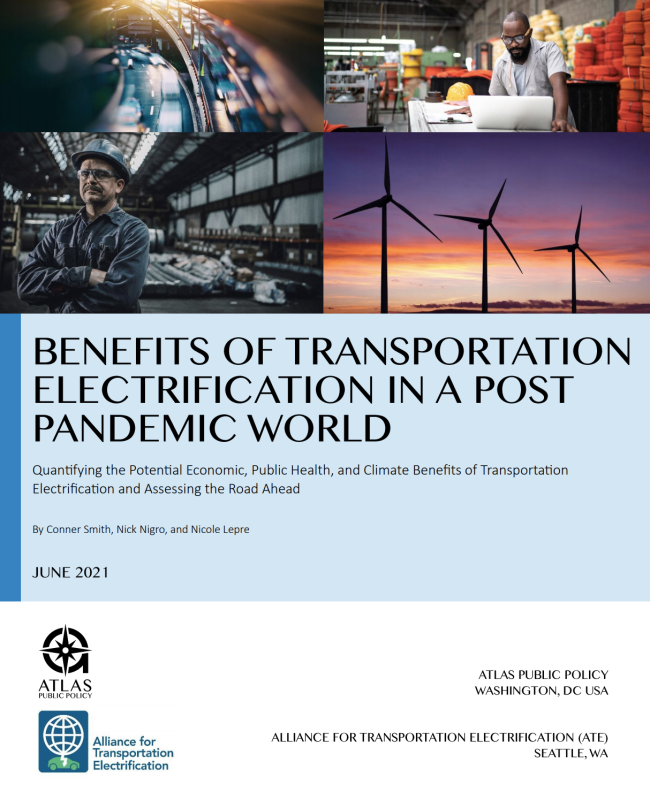The first three months of 2021 saw early actions from the Biden Administration and strong commitments to transportation electrification made by automakers, utilities, and other key players in the United States electric vehicle (EV) market. This activity has increased the number and breadth of pathways that policymakers can pursue to accelerate the shift towards transportation electrification and capture more of the billions of dollars in investments committed to the technology worldwide. The first paper in this series highlighted the public health, economic, and environmental costs associated with the COVID-19 pandemic and severe 2020 wildfire season. Underserved communities have borne a disproportionate amount of the economic and public health impacts due to long-term overexposure to dirty air, increased occupational hazards through greater exposure to the virus, and disproportionate levels of unemployment.
Now is the time for bold action at the federal and state levels to put the United States in a position of leadership in transportation electrification. This paper outlines three key opportunities for the country to achieve success and rapidly decarbonize the transportation sector:
- Take Decisive Action at Federal Level
- Expand State Policy Frameworks
- Prioritize Underserved Communities
This paper is a joint effort of Atlas Public Policy and the Alliance for Transportation Electrification.
Preview the report here:
More About this Resource
Publisher: Atlas Public Policy
Date: June 7, 2021
Type: Research Reports
Countries: None
States: None

